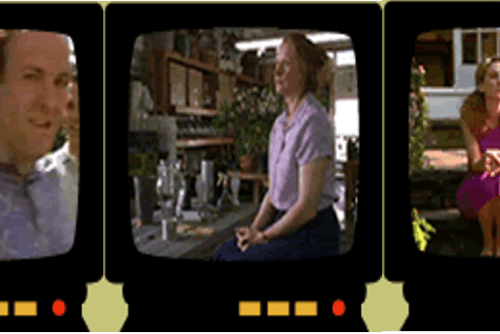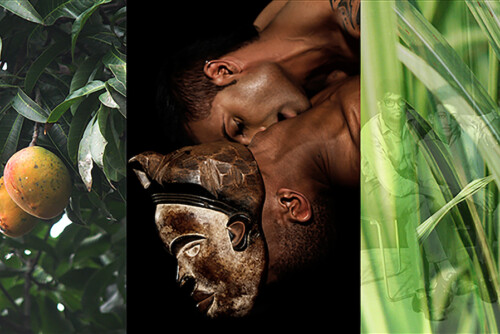Other moments can be seen as direct allusions to Baker’s lifestyle: she had a car and was a hopeless driver. She is shown at the opera, at the races. Baker owned a horse called Tomate. A photograph shows her in satin clothes riding a horse and competing with a jockey. The painting that the maharajah acquires in the film is an actual portrait of Baker. Other elements belong to a wider autobiographical script that the numerous memoirs help to reconstruct, albeit while introducing inaccuracies and pregnant silences. Baker was the symbol of the new woman, the garçonne, much like Max de Mirecourt’s wife. The dance routine in the bar belongs to the star’s earlier repertoire. It is a mixture of different dance steps that can be traced back to Baker’s dancing career, first on the black vaudeville circuit in America and then on Broadway. A vestige of her difficult childhood, her love for food is also reported in her Mémoires, featuring African American recipes. One popular anecdote describes how she was once found naked in her dressing room eating lobster with her hands (M, 75). When Coton tries to find her to introduce her to the press, Alwina is shown eating rice with her bare hands and stuffing it disgracefully in her mouth.
If colonial overtones cannot be fully erased by these autobiographical references, the motion of come and go between the fictional—which, one must remember, is cast as a comedy and a satire of high society—and the autobiographical complicates the reading of the film. It disrupts the binary opposition between object and subject, or rather, between being mere “material” in the words of the other and being the author of one’s own life. The final word—the ending of the 1949 Mémoires—belongs to Baker herself: “Americans had the idea of making a film out of my life. And they had asked Lena Horne to play the role of Josephine, quite simply…. Americans are like that. But I am the one who will play the film of my life” (M, 299). Princess Tam Tam‘s structure, with its embedded narrative directly relying on Baker’s actual life transformation, proves that. In 1935 she starred in a film that explored the fictional potential of her life story and foregrounded her role as the ultimate performer of her own destiny. The fiction at the heart of the plot exposed the Pygmalion story as a phantasm, a scene in which desire (of the other) could readily lead to the reversal of the positions of foil and foreground.




